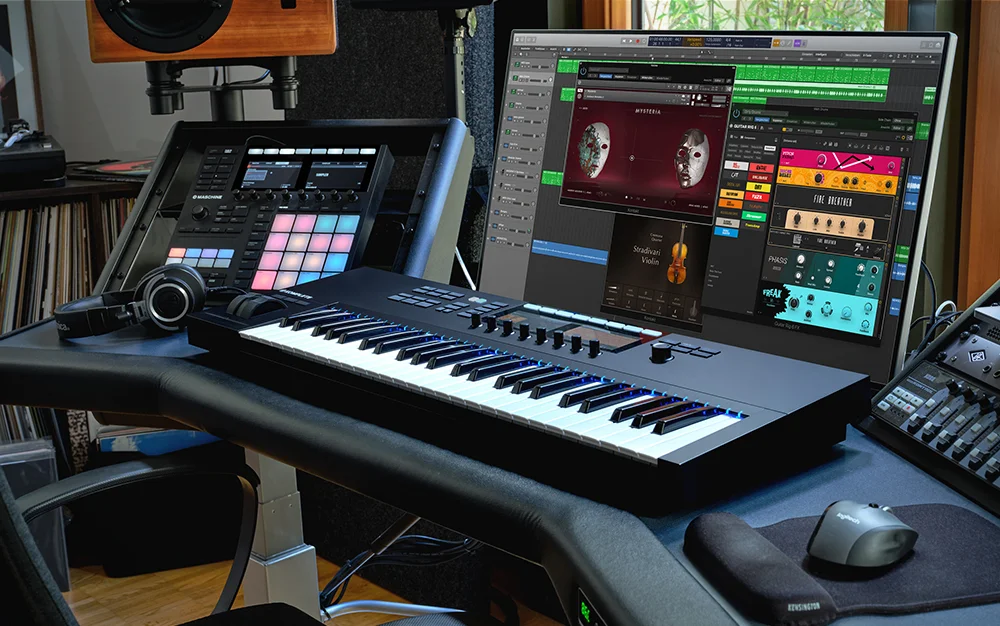Building a recording studio can be a challenging but rewarding experience. Whether you’re a budding musician or a professional audio engineer, Personal Recording Studio provides the space and tools you need to record, produce and mix your Music recording studio production output. Below are steps to help you build your own recording studio. Determining Space and Budget: The first step in building a recording studio is determining the space and budget you have. Consider the room size, layout, and amount of natural light. Building a recording studio can be expensive, so you should also consider your budget. Equipment Selection: Once you have the space and budget, it’s time to choose equipment. Essential components of a recording studio include a computer, digital audio workstation (DAW), audio interface, microphone, speakers, headphones, and studio monitors. Check out the available amenities and choose the one that fits your needs and budget. Planning Your Studio Layout Once you have your equipment ready, you need to plan your studio layout. Consider the location of your computer, speakers, microphone, and other devices, and make sure there is enough space for cables and other necessities. You should also consider the room’s acoustics and invest in acoustic panels or soundproofing to minimize noise and improve the sound. quality. Hardware Setup Once you’ve planned your studio layout, it’s time to set up the hardware. Set up your computer, audio interface, and other hardware, and make sure everything is properly connected. You should also test your hardware to make sure it works properly and produces high-quality sound. Room Acoustic Management: To improve sound quality in a recording studio, it is important to take care of room acoustics. Invest in acoustic panels, sound absorbers, and other treatments to reduce reverberation and other unwanted noise. You should also consider using bass traps and other acoustic treatments to control low-frequency noise in the room. Set up your studio monitoring system: Once you’ve prepared the acoustics of your room, you need to set up your studio monitoring system. Choose a high-quality studio monitor compatible with your audio interface and place it where you can hear accurate sound reproduction. You should also consider purchasing a subwoofer to improve low-frequency monitoring. Create a comfortable and productive environment: To get the most out of your recording studio, it is important to create a comfortable and productive environment. Invest in a comfortable chair, desk, and other necessary equipment, and set up your office so that you can work efficiently and comfortably. In summary, building a recording studio requires careful planning, attention to detail, and a willingness to invest in quality equipment and acoustic measures. The following steps can help you build a recording studio that fits your needs and gives you the tools you need to record, produce, and mix your music. Whether you’re a budding musician or a professional audio engineer, a home recording studio provides the space and tools you need to realize your musical vision.

